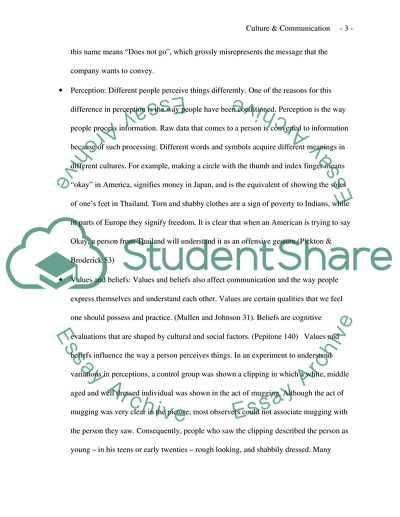Cite this document
(Intercultural Communication Issues Essay Example | Topics and Well Written Essays - 1500 words, n.d.)
Intercultural Communication Issues Essay Example | Topics and Well Written Essays - 1500 words. https://studentshare.org/journalism-communication/1554228-intercultural-communication
Intercultural Communication Issues Essay Example | Topics and Well Written Essays - 1500 words. https://studentshare.org/journalism-communication/1554228-intercultural-communication
(Intercultural Communication Issues Essay Example | Topics and Well Written Essays - 1500 Words)
Intercultural Communication Issues Essay Example | Topics and Well Written Essays - 1500 Words. https://studentshare.org/journalism-communication/1554228-intercultural-communication.
Intercultural Communication Issues Essay Example | Topics and Well Written Essays - 1500 Words. https://studentshare.org/journalism-communication/1554228-intercultural-communication.
“Intercultural Communication Issues Essay Example | Topics and Well Written Essays - 1500 Words”. https://studentshare.org/journalism-communication/1554228-intercultural-communication.


